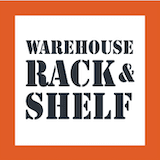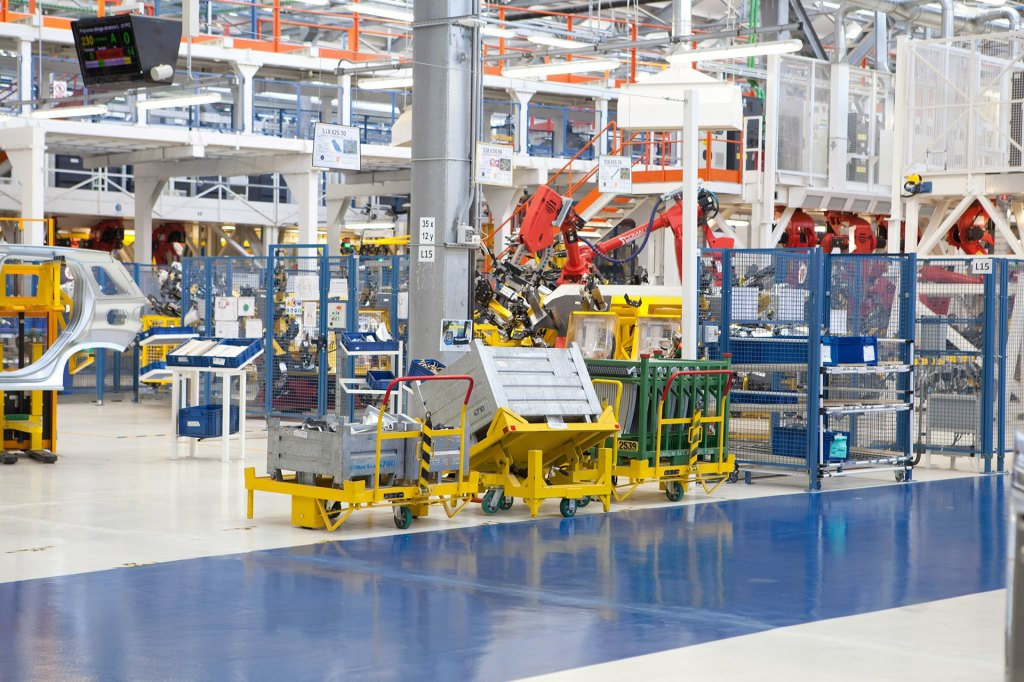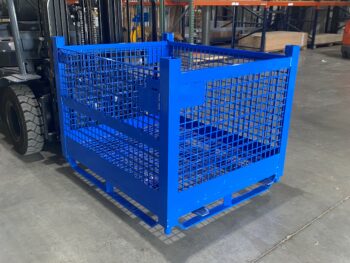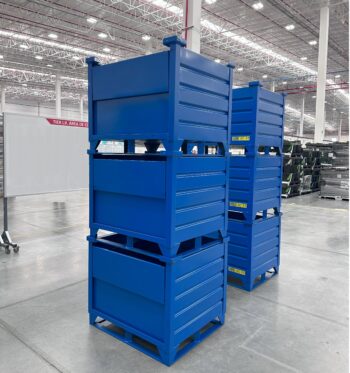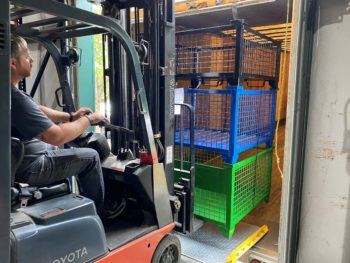Automotive Industry Relies on Heavy Duty Steel Bulk Bins & Wire Containers
The high performance, reliable cars that are rolling off the assembly line today require high-performance packaging and Warehouse Rack & Shelf LLC has been building racks, knock down boxes and shipping containers for the auto industry since the days of the Pontiac Trans Am. Our in-house engineering staff, strategic partnerships with dunnage providers and years … Continue reading Automotive Industry Relies on Heavy Duty Steel Bulk Bins & Wire Containers
The high performance, reliable cars that are rolling off the assembly line today require high-performance packaging and Warehouse Rack & Shelf LLC has been building racks, knock down boxes and shipping containers for the auto industry since the days of the Pontiac Trans Am.
Our in-house engineering staff, strategic partnerships with dunnage providers and years of experience all enhance our ability to design and fabricate an excellent product while meeting your production deadlines.
The automotive industry relies heavily on steel bulk bins and wire containers because these containers provide essential support for transporting heavy components such as engines, transmissions, and body panels within manufacturing facilities and during shipping to assembly plants. The bins’ sturdy construction makes sure these parts remain secure and protected from damage throughout the transportation process.
These containers also offer advantages in space optimization, a crucial consideration in automotive manufacturing facilities dealing with large volumes of parts. They are designed to be stacked vertically, saving valuable floor space, and allowing for easy inventory management. This space-saving feature contributes to streamlined operations and improved workflow efficiency.
Customization options tailored to specific needs play an important role in the adoption of heavy-duty containers in the auto sector. Manufacturers can customize these containers with features such as dividers, shelves, and adjustable configurations to accommodate different types of components. This flexibility allows automotive companies to address storage requirements while ensuring compliance with industry standards for quality and safety.
